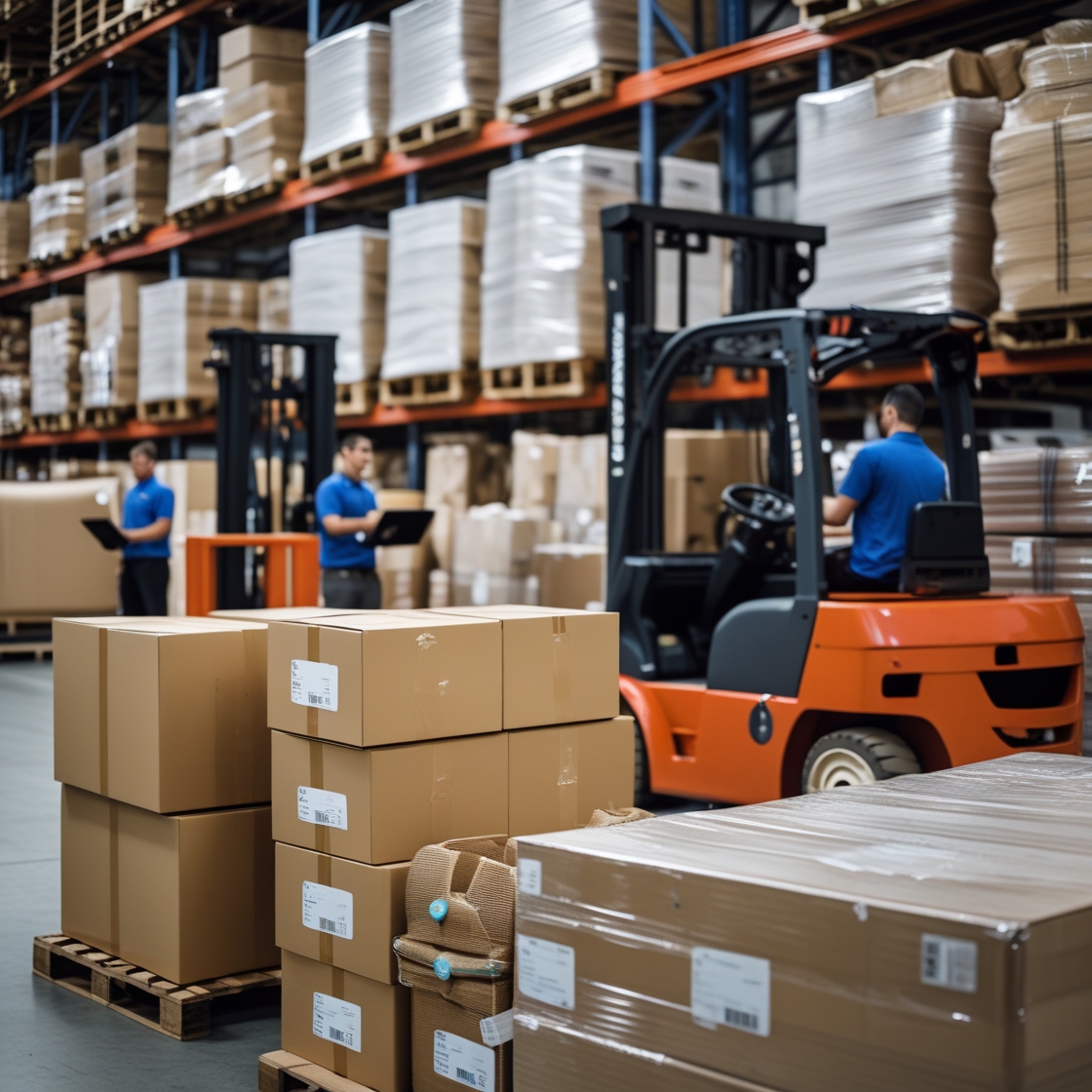Column Stacking vs. Block Stacking: Which Method to Choose for Effective Goods Transportation?


So — you’ve got a shipment. Pallets, boxes, crates, whatever. It needs to be stacked. The question is: how? Column or block? Vertical or staggered. Straight like a Lego tower or offset like bricks on a wall? Sounds like a simple choice. It’s not. The way you stack your goods can be the difference between a clean, efficient load — and a forklift operator muttering expletives as boxes rain from the top tier. Let’s break it down.
The pain point: stacking seems easy… until it isn’t
You’d think it’s just “put stuff on top of other stuff.” But then one pallet sinks into another. A load topples in transit. A corner gets crushed under its own weight. And now you’re dealing with product damage, insurance claims, and the cold, judgmental stare of your logistics manager. So yeah — stacking method matters.
What’s column stacking, and when does it actually work?
Column stacking is the simplest version of the game: Boxes sit directly on top of each other, same orientation, straight vertical alignment.
Think: a tower of soup cans. Or a perfectly aligned Jenga game (before someone ruins it).
Pros:
- Strength – Load is transferred straight down through the stack. Very stable vertically.
- Easy to count, scan, and wrap – Especially if all your boxes are the same size.
- Efficient use of pallet space – No gaps, no awkward corners.
Cons:
- Tippy – Lateral stability isn’t great. If your trailer hits a rough patch (or a roundabout taken too enthusiastically), stacks can sway or fall.
- Not forgiving – One weak box in the stack? Everything above it suffers. Brutally.
When it works:
- Uniform, strong boxes
- Loads that don’t go too high
- Transport that’s smooth and predictable (read: not a rural gravel road at 90 km/h)
What’s block stacking, and why do some people swear by it?
Block stacking (also called interlocking or brick stacking) is when you stagger the layers. Every row overlaps the one below, like bricks in a wall. Less elegant. More… street smart.
Pros:
- Better lateral stability – The staggered pattern holds together sideways.
- More forgiving under pressure – Load spreads across more surface area.
- Safer for taller stacks – Especially if there’s any chance of shaking or bumping.
Cons:
- Less vertical support – Weight isn’t transferred as cleanly, so boxes can deform if they’re not sturdy.
- Slightly less pallet efficiency – You lose some cubic density. And sometimes you end up with weird leftover space.
When it works:
- Mixed box strengths
- Bumpy transport routes
- You’re stacking high and want insurance against wobble
So… which one should you use?
That depends on your priorities — and your cargo.
Ask yourself:
Are your boxes all the same size and strength?
→ Column stacking might be fine.
Are you stacking more than 4 layers high?
→ Block stacking will hold better.
Do your goods shift easily during transport?
→ Definitely block.
Do you want to impress the warehouse inspector with perfectly aligned corners?
→ Go full column (but hope no one breathes too hard near it).
Honestly, in most real-world operations, people end up using a hybrid. Bottom layers in block for stability, top layers in column to keep things even and make wrapping easier. Practical beats pretty.
Pro tips from the floor
- Wrap tight, but not too tight – Over-stretching film can crush the corners and ruin even a perfect stack.
- Use corner boards for taller loads – Adds structure, especially if you’re mixing methods.
- Don’t cheap out on pallets – A warped pallet = all stacking logic goes out the window.
- Label after stacking – Not before. Labels on the bottom layer = unreadable labels.
And finally: if it looks like it might fall, it probably will.
One last thing
Sometimes the best method isn’t about box strength or stacking height — it’s about who’s doing the stacking. If you’ve got new staff or temp workers? Stick to column stacking and keep it simple. Less thinking, less margin for error. If your team knows what they’re doing — and your cargo can take it — block stacking will almost always hold up better in transit.



